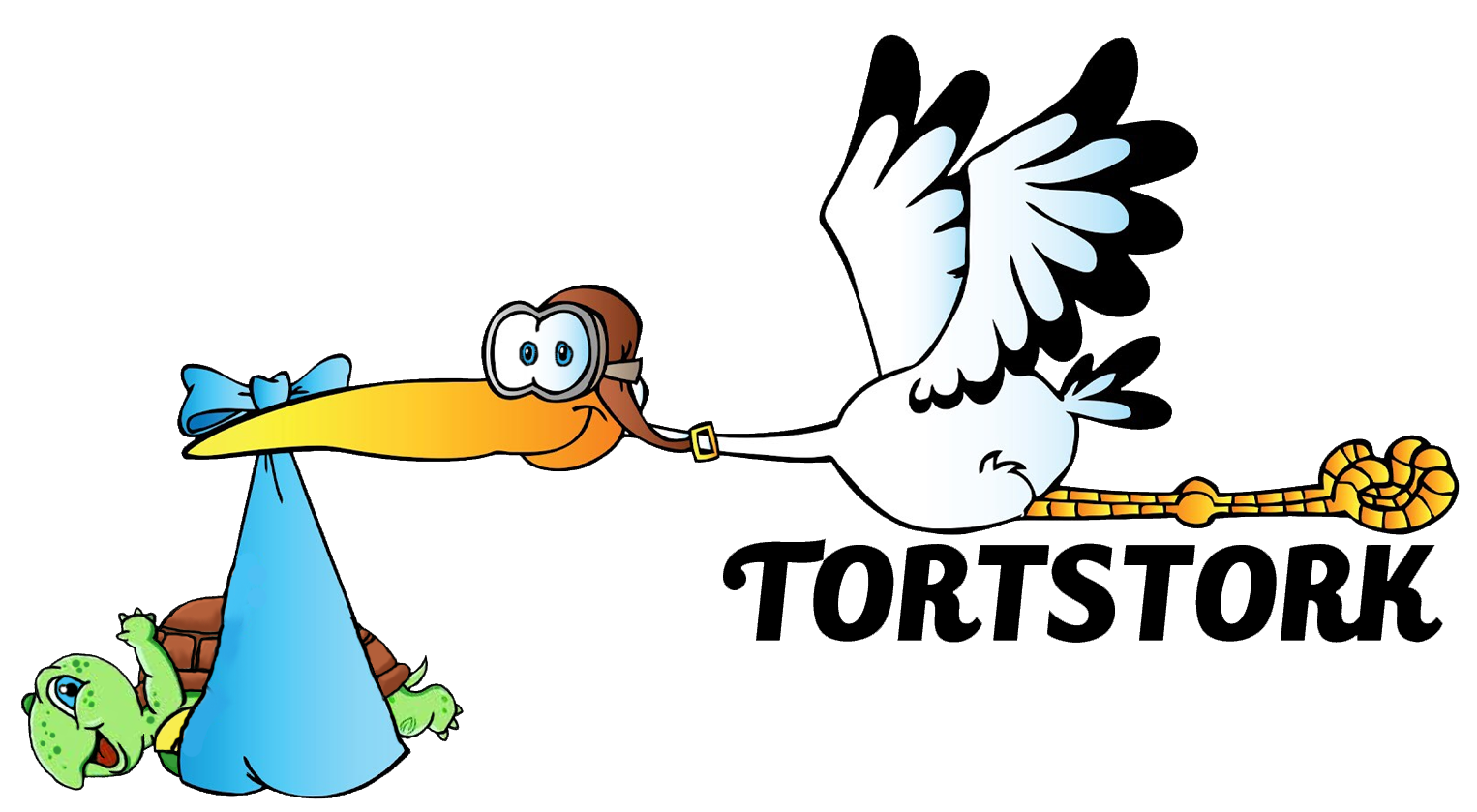Uncategorized
Leopard Tortoise’s Scute Pattern never Changes
Did you know the scute pattern of a leopard tortoise stays with them for life.
The leopard tortoise (Stigmochelys pardalis babcocki) is a species of tortoise native to the savannas and grasslands of eastern and southern Africa. It is named for its distinct and beautiful shell patterns, which resemble the spots or rosettes found on the fur of leopards. Here’s some information about the scute patterns of the leopard tortoise:
- Shell Structure: The shell of a leopard tortoise is composed of two main parts—the carapace (the upper shell) and the plastron (the lower shell). Both the carapace and plastron consist of several large bony plates called scutes.
- Scute Patterns: Leopard tortoises have a unique pattern of scutes on their carapace. The scutes are primarily brown or black in color, and they are often edged with yellow or cream-colored lines. The arrangement of scutes forms a distinctive pattern of dark spots or rosettes against a lighter background.
- Individual Variation: Each leopard tortoise has its own unique scute pattern, much like a fingerprint. The size, shape, and arrangement of the spots or rosettes can vary between individuals. Some tortoises have larger and more prominent spots, while others may have smaller and more scattered markings.
- Growth Rings: As leopard tortoises grow, they develop growth rings on their scutes. These rings, also known as annuli, appear as concentric circles on each scute. Counting the growth rings on the scutes can help estimate the age of a tortoise, although it is not always precise. The center of their scute does not change pattern from birth.


